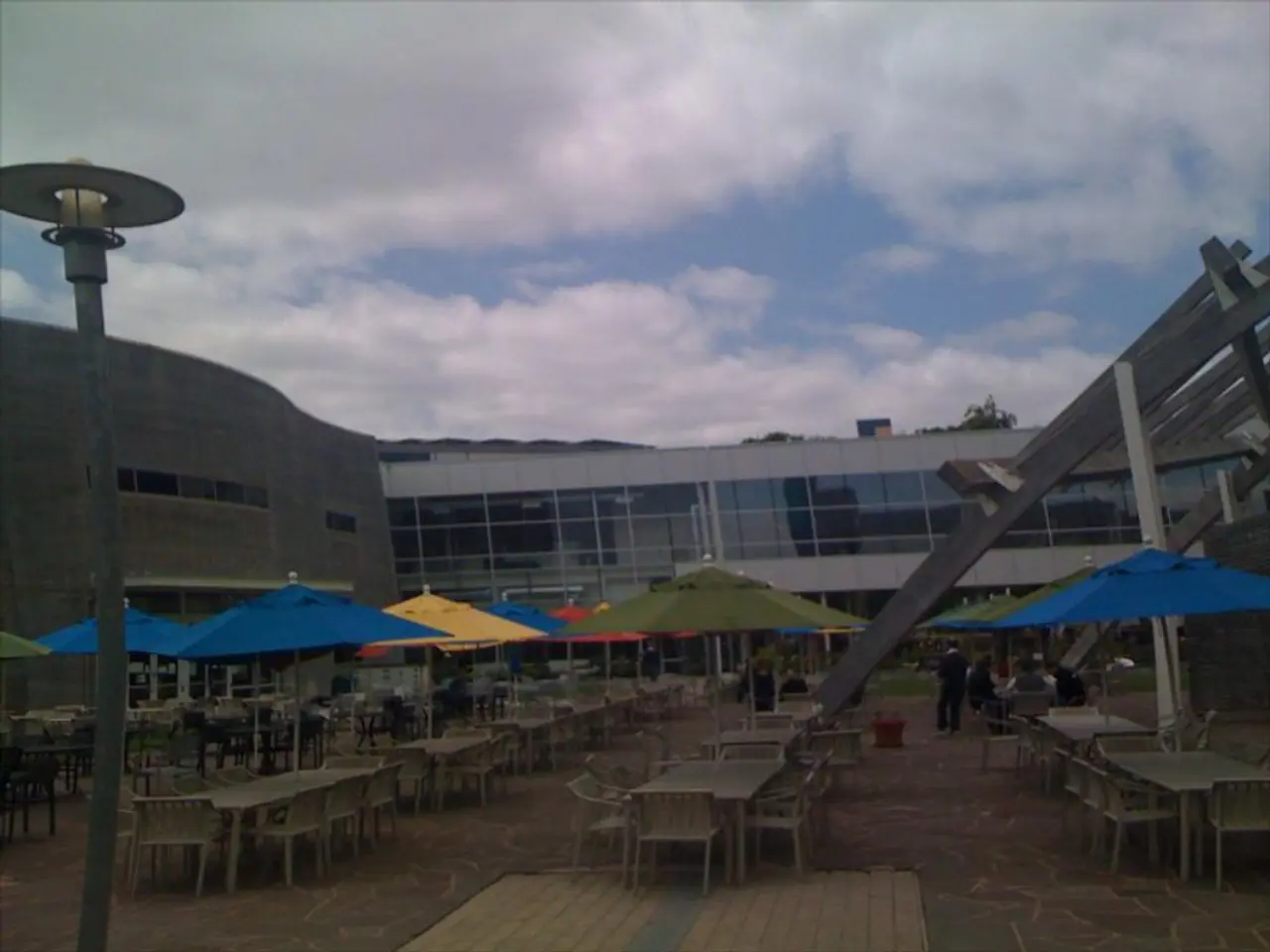Kerala Tradition Highlighted in K. R. Sunil's Recent Exhibition: Celebrating the State's Rich Heritage
Art as a Call to Action: Chavittunadakam and the Struggle for Cultural Preservation
In the heart of Goa, at Fundação Oriente, Panjim, K. R Sunil's ongoing exhibition, "Chavittunadakam: Storytellers of the Seashore," invites viewers to ponder on the role of art in society. The exhibition, running till August 17, 2025, and moving to Portugal afterwards, showcases the lesser-known theatrical tradition of Chavittunadakam, a classical Latin Christian musical dance-drama from coastal Kerala.
Rooted in the 17th-century Portuguese influence, Chavittunadakam is a unique fusion of Kerala's indigenous martial arts and European operatic styles. The performance portrays biblical heroes, saints, and kings through elaborate costumes, rhythmic foot stamping (chavittu), and expressive body movements.
However, in contemporary times, Chavittunadakam transcends traditional storytelling. It reflects and responds to the challenges faced by Kerala’s coastal communities, addressing climate change, socio-economic difficulties, and environmental degradation. Through its powerful visual and performative language, Chavittunadakam highlights the vulnerability and resilience of the fisherfolk, bringing socio-environmental issues into cultural discourse.
Photographs by K. R Sunil, featured in the exhibition, capture the contrast between the grandeur of Chavittunadakam’s theatrical characters and the precarious lives of the performers and their environment. The performers, who live in the Latin Christian fishing community of Chellanam, south of Kochi, are seen wearing vibrant costumes adorned with cardboard and plastic crowns, their solemn faces betraying a deeper narrative of the looming threat to their homes and heritage.
Sunil's journey with Chavittunadakam began in 2014 and continued for four years. Over time, he connected with the performers, shifting from observer to participant. He captures behind-the-scenes moments, including the quiet preparation before a show, and the performers' struggle is amplified by his photographs, highlighting their resilience and the international significance of their Portuguese-influenced art.
Sunil's photographs in the exhibition also serve as a means to preserve cultural heritage. They engage with contemporary global concerns like environmental sustainability, making a call to action for viewers. The exhibition, therefore, invites viewers to reflect on whether art is merely a mirror or also a call to action.
The performers of Chavittunadakam, however, face the threat of losing their memories and livelihoods as the sea washes away their homes. They apply extra makeup to their dark skin to appear white-skinned, due to caste-ridden society and prejudice. Despite these challenges, they continue to perform, their art serving as a testament to their resilience and the enduring power of culture.
In conclusion, Chavittunadakam is not just a marker of Latin Christian identity and Kerala’s rich theatrical heritage, but a living tradition that actively dialogues with and responds to its changing world—preserving cultural memory while advocating for environmental awareness and social recognition.
[1] Sreekumar, P. (2014). Chavittunadakam: A Study of the Theatrical Tradition. Kerala University Publications. [2] Sunil, K. R. (2019). Chavittunadakam: A Photographic Journey. Navayana Publishers. [3] Thomas, J. (2020). Chavittunadakam: Between Tradition and Modernity. Oxford University Press.
- Although Chavittunadakam's origins lie in the fusion of Kerala's indigenous martial arts and European operatic styles, it now addresses contemporary issues such as climate change, socio-economic difficulties, and environmental degradation, making it a significant part of environmental science discourse.
- K. R Sunil's photographs in his exhibition "Chavittunadakam: Storytellers of the Seashore" not only preserve the cultural heritage of Chavittunadakam but also engage with contemporary global concerns like sustainable living, often exposing the precarious lives of the performers and their home-and-garden environments.
- As the performers of Chavittunadakam continue to face threats to their homes and heritage, their art also serves as a testament to their resilience, a beacon of hope in the struggle for cultural preservation, and a call to action for sustainable travel and cultural travel enthusiasts.
- The powerful visual and performative language of Chavittunadakam, which highlights the vulnerability and resilience of the fisherfolk, encourages lifestyle choices that promote environmental protection and conservation, aligning it with the principles of sustainable living.




